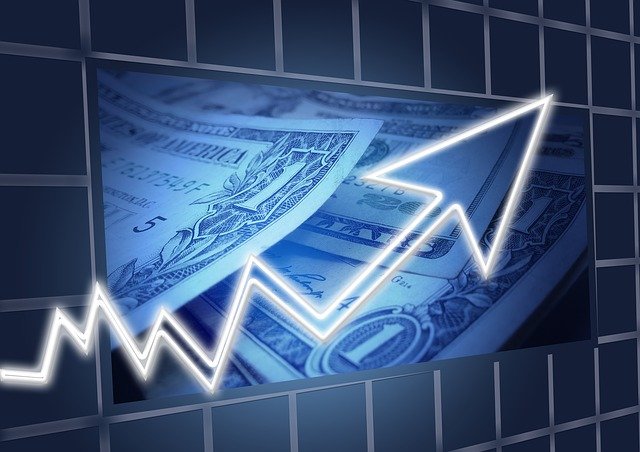Treasury yields rose on Monday, led by a jump in the rate on the one-month bill, as traders prepared for the Federal Reserve’s rate-setting decision in two days.
What’s happening
- The rate on the 1-month bill TMUBMUSD01M, 3.639% jumped 8 basis points to 3.58% as of Monday morning.
- The yield on the 2-year Treasury TMUBMUSD02Y, 4.486% rose to 4.487% from 4.422% on Friday. Yields move in the opposite direction to prices.
- The yield on the 10-year Treasury TMUBMUSD10Y, 4.042% advanced to 4.052% from 4.009% on Friday afternoon.
- The yield on the 30-year Treasury TMUBMUSD30Y, 4.138% rose to 4.15% from 4.128% as of late Friday.
What’s driving markets
Benchmark bond yields were bouncing on Monday from their biggest weekly declines in months as the Federal Reserve’s next interest-rate decision looms. Economists widely expect policy makers to approve a fourth straight jumbo interest-rate increase on Wednesday — a hike of three-quarters of a percentage point that would bring the central bank’s benchmark rate to a level of 3.75%- 4%.
On Friday, 2-, 10- and 30-year Treasury yields finished the New York session with their biggest weekly declines in at least three months as traders considered the possibility that Fed officials might back off aggressive rate hikes by year-end, given recent data.
Markets are pricing in an 86% probability that the Fed will raise interest rates by another 75 basis points, as well as a 14% chance of a smaller-than-expected 50-basis-point hike, on Wednesday. The central bank is also mostly expected to take its fed-funds rate target to at least between 4.75% and 5% by March, according to the CME FedWatch tool.
In the only major U.S. economic release on Monday, the Chicago purchasing managers’ index fell to 45.2 October from 45.7 in the prior month.
Later this week, traders must contend with a Bank of England rate decision on Thursday, which “although less pivotal than it could have been a few weeks back is still something that can influence global markets,” said Deutsche Bank’s Jim Reid, Henry Allen and Tim Wessel.
What analysts are saying
“After another ghastly 75 bp rate hike on November 2 to subdue scary-high inflation, the Fed could treat markets to a smaller increase in December amid a downshifting economy,” said Michael Gregory and Sal Guatieri of BMO Capital Markets.
“While a spirited rebound in Q3 GDP has buried recession claims, the economy faces formidable headwinds, notably the most aggressive monetary tightening since the 1980,” they said in a note.

